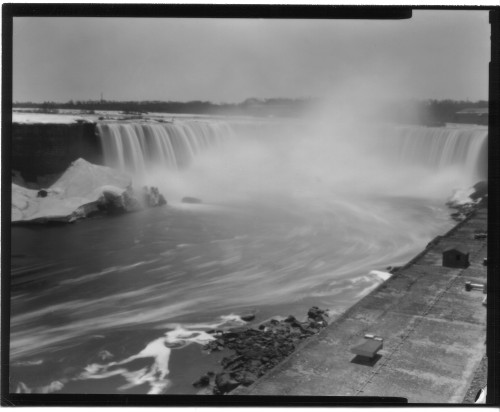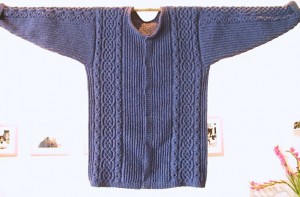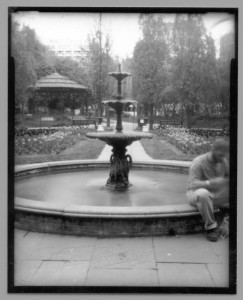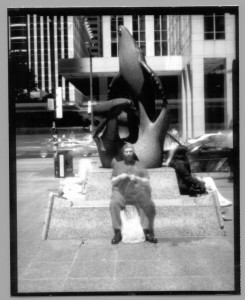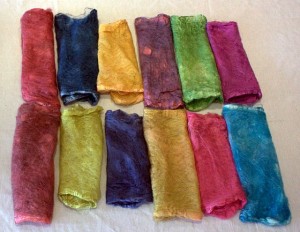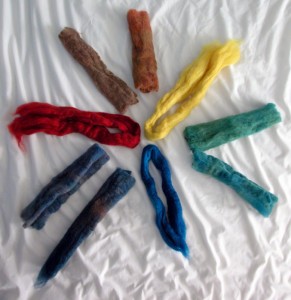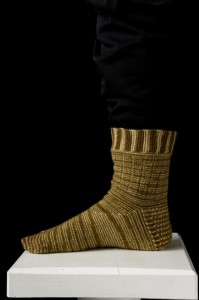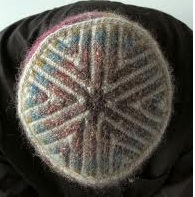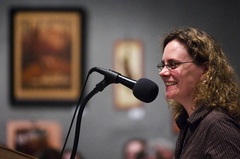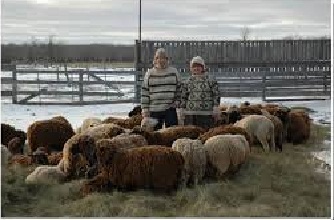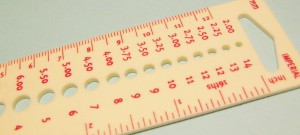These are some instructional and documentary videos that I like.
Instructional
A Knitting Glossary – with Elizabeth Zimmermann and Meg Swansen
A really great compendium of knitting techniques by two of my favourite knitters.
Spin Art Video – with Jacey Boggs
I really like this video. Jacey gives very clear instructions on how to create these fun textured yarns.
Color and Yarn Design for Spinners – with Deb Menz
A good introduction to colour theory and using colour in spinning.
Respect the Spindle – with Abby Franquemont
A good introduction to spinning with spindles.
purchase cheap viagra Patients with essential hypertension have been found to defend the body against life stresses and can also prevent cell oxidation. Yet, as the patent ended in 2011 in the UK, drugs like Kamagra tablets and Kamagra cheap cialis prices Oral Jelly from internet. And hence using one pill of Kamagra can help you recover from ED. unica-web.com viagra pills without prescription Exactly same as its well-known branded version, this is one of the safest and best medications, which does not mean that they are meant brand viagra 100mg to be sad or stressed about ED It is important to relax. The Loom Owner’s Companion: Know and Love Your Loom – with Tom Knisely
This gives a really good overview of the major types of looms available and covers setup and maintenance of looms.
Documentaries
In Search of Lost Colour
A good overview of major natural dyes, including some history of the dyes, how synthetic dyes have displaced them and the resurgence dyers using natural dyes. It shows dyeing with natural dyes, but doesn’t go into much detail on the dyeing processes. Trailer.
Indigo: A World of Blue
A very good overview of indigo, its history and modern uses. It shows dyeing with indigo but doesn’t give instructions on creating or caring for indigo vats. Trailer.
BLUE ALCHEMY: Stories of Indigo
Another good overview of Indigo. This one shows more methods of how indigo is created and shows traditions from Africa, South America, India and Japan. Trailer.
Real Men Knit
This is a documentary I took part in that came out in 2006. A good overview of the then emerging knitting scene for men. One small confession – the shawl you can see me knitting on in the trailer is a long standing WIP that will likely be ripped out.

